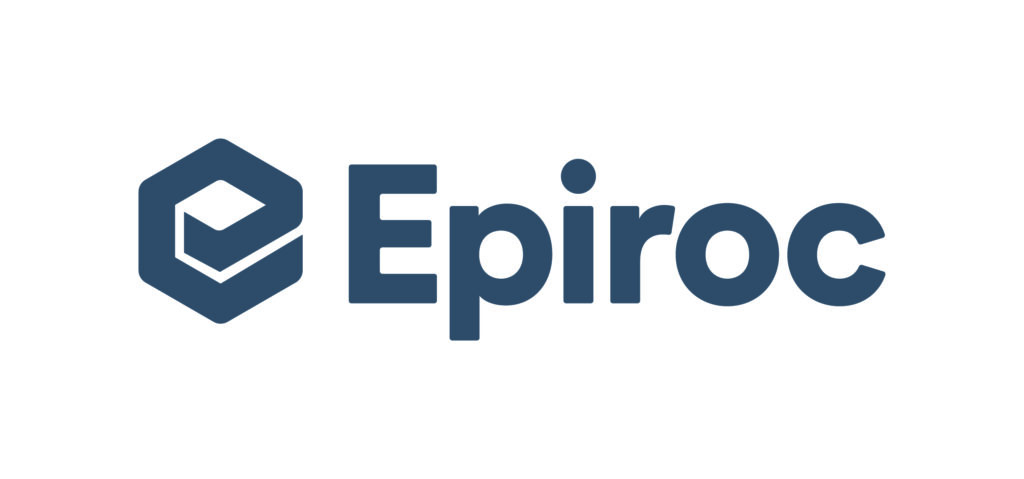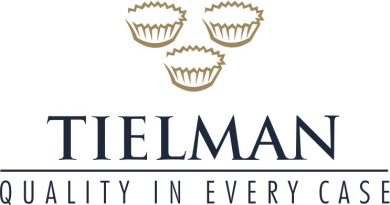Women’s Role in the Green Transformation at Epiroc
The transition to the green economy will require greater supply of minerals and metals. At the same time, there is greater customer demand for environmentally sustainable practices. For the mining industry, green mining practices and greater diversity will become crucial for long-term growth.

“We invest more than ever in R&D to drive these changes,” says Helena Hedblom, CEO of Epiroc, a Swedish company specializing in mining and infrastructure equipment. An offshoot from the Atlas Copco group, Epiroc became an independent company in 2018 when it was listed on the stock exchange.
For Epiroc, the green transformation started in Canada.
“Our first battery products were developed, built and deployed in Canada in 2013. Now we have our new generation ready with our mid-sized battery electrical vehicles, 14-ton loaders and 42-ton trucks,” says Hedblom.
And Canada continues to be the country leading the way. Last year, Epiroc signed its
first “Batteries-as-a-Service” (BaaS) contract in Canada and the company is in the process of establishing a competence center for electrification in Canada to help drive this technology shift in the rest of the world.
Today, battery-powered vehicle sales represent only a small portion of Epiroc’s total sales, but the company is optimistic about the future.
“We already have battery [powered] electric vehicles in all parts of the world and together with our partner in Canada we will soon launch retrofit capabilities to transform the existing fleet out there into battery technology,” says Hedblom.
Epiroc has committed that by 2030, they will halt the CO2 emissions from operations, transport and the products they sell. The ambitious targets go hand in hand with a program to increase gender diversity. By 2030, Epiroc aims to double the number of women in operational roles and to have 40 percent women managers in the company.
“To be successful we need people with different backgrounds,” says Hedblom.
“The mining industry is becoming a high-tech industry. I see that women can really contribute to this development.”
However, that position hasn’t always been the norm. Working in the mining industry was long considered too dangerous and too strenuous for women. In Canada, women were not allowed to work surface operations of mines until 1960, and it wasn’t until 1978 that they could work underground.
With few role models to look up to, change has been slow. Today, approximately 15.7 percent of mining company employees are female – an increase of only 1 percent over the past five years, according to Bloomberg. In Canada, women comprise only 17 percent of the total national mining workforce. In Sweden, major mining companies are approaching 25 percent. Internationally, most women work in support functions with very few at the management level. Just one in 20 global mining firms is headed by a woman. As CEO of Epiroc, Hedblom makes up one of those few exceptions.
“The leadership must be openminded to facilitate this change. It boils down to brave leaders,” says Hedblom. “With the current technology shift underway, we have a chance to focus on innovation, sustainability and diversity. Those will be my top priorities in the coming years.”
By Noelle Norman
Photos: Epiroc







